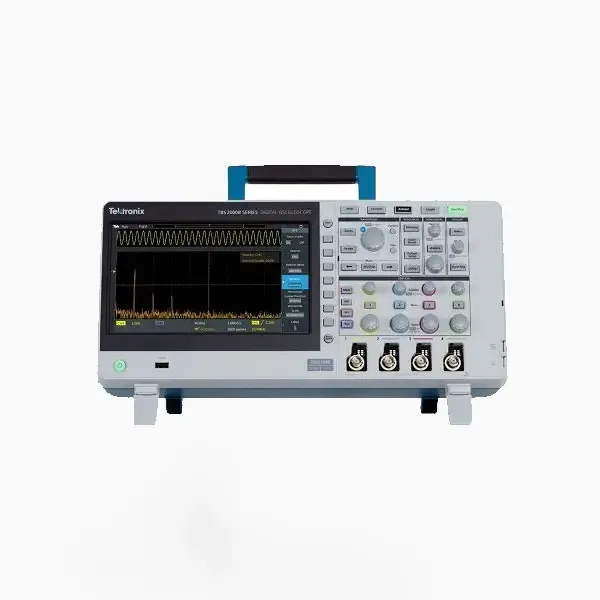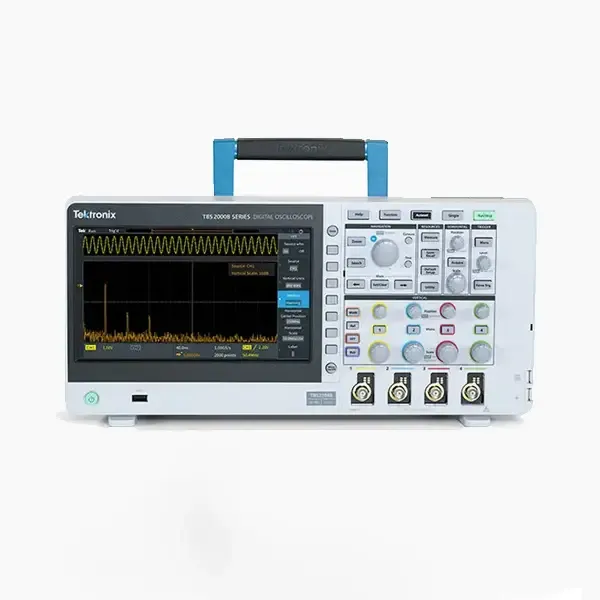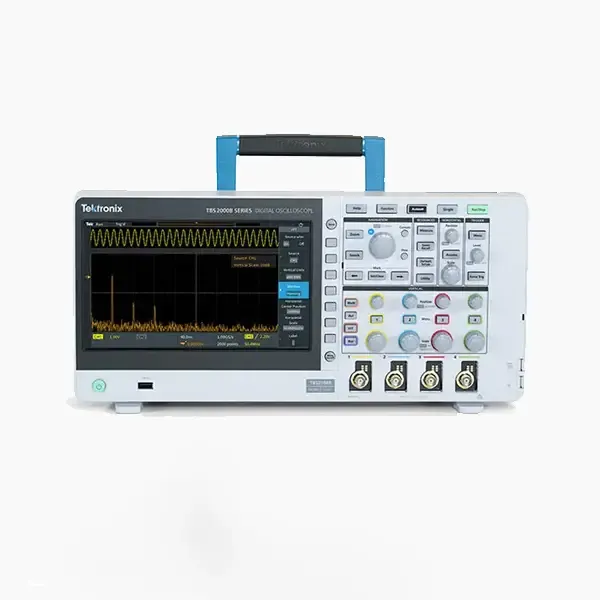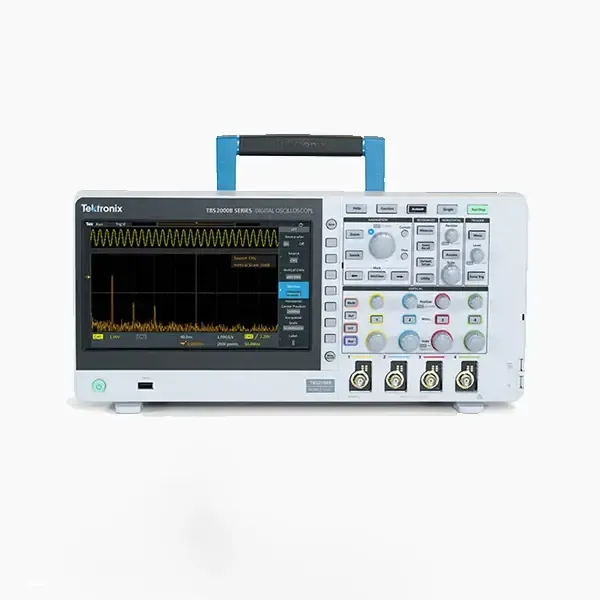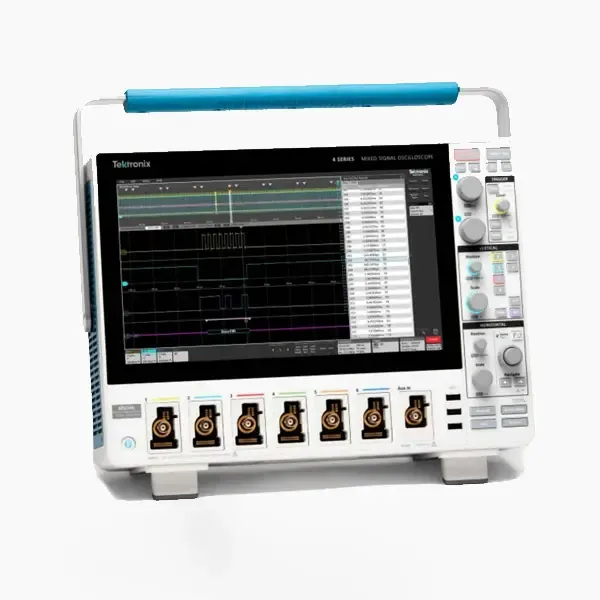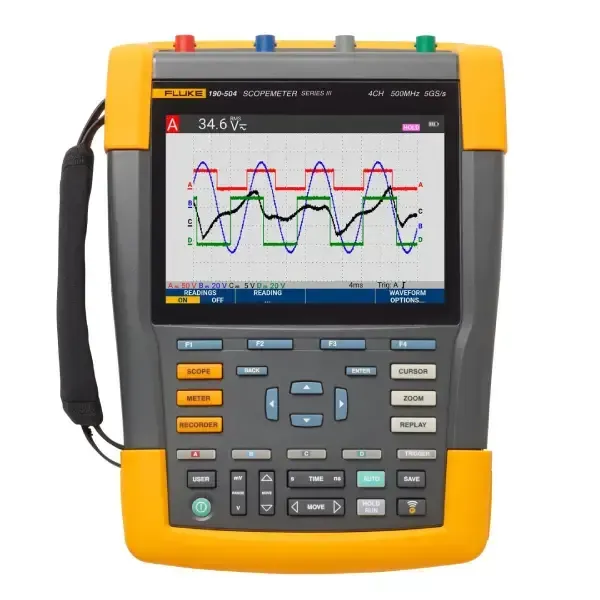Oscilloscope
An oscilloscope is a versatile electronic test instrument that allows users to visualize and analyze the waveform of electrical signals over time. It is an essential tool in electronics, telecommunications, physics, and engineering for tasks such as circuit troubleshooting, signal analysis, and waveform observation. Here are some key features and functions of oscilloscopes:
- Waveform Display:
- The primary function of an oscilloscope is to display electrical waveforms. This includes various types of signals such as sine waves, square waves, pulses, and more complex waveforms.
- Time and Voltage Axes:
- The horizontal axis represents time, allowing users to observe how a signal changes over time. The vertical axis represents voltage, providing information about the signal's amplitude.
- Channels:
- Oscilloscopes can have one or more channels, allowing users to simultaneously view multiple signals. Dual and quad-channel oscilloscopes are common.
- Triggering:
- Triggering is used to stabilize and synchronize the displayed waveform. It helps capture specific events in the signal, making it easier to analyze.
- Probe:
- Probes are used to connect the oscilloscope to the circuit under test. They ensure that the instrument accurately measures the voltage without significantly affecting the circuit.
- Vertical Controls:
- Adjust the vertical scale and position of the waveform on the display, allowing users to zoom in or out and focus on specific portions of the signal.
- Horizontal Controls:
- Adjust the time base and position of the waveform on the time axis. This controls the speed at which the waveform is displayed.
- Cursor Measurements:
- Cursors on the display allow users to make precise measurements of time intervals, voltages, and other parameters directly on the waveform.
- Math Functions:
- Some oscilloscopes have built-in math functions that enable users to perform mathematical operations on waveforms, such as addition, subtraction, multiplication, and FFT (Fast Fourier Transform) for frequency analysis.
- Storage and Recall:
- Many modern oscilloscopes come equipped with memory functions that allow users to store and recall waveforms and setups for future analysis.
- Automated Measurements:
- Oscilloscopes often include automated measurement features that provide quick and accurate readings for common parameters like frequency, amplitude, rise time, and more.
- User Interface:
- The user interface can include a screen, buttons, knobs, and menus, making it easy for users to control and configure the oscilloscope.
Refine by




